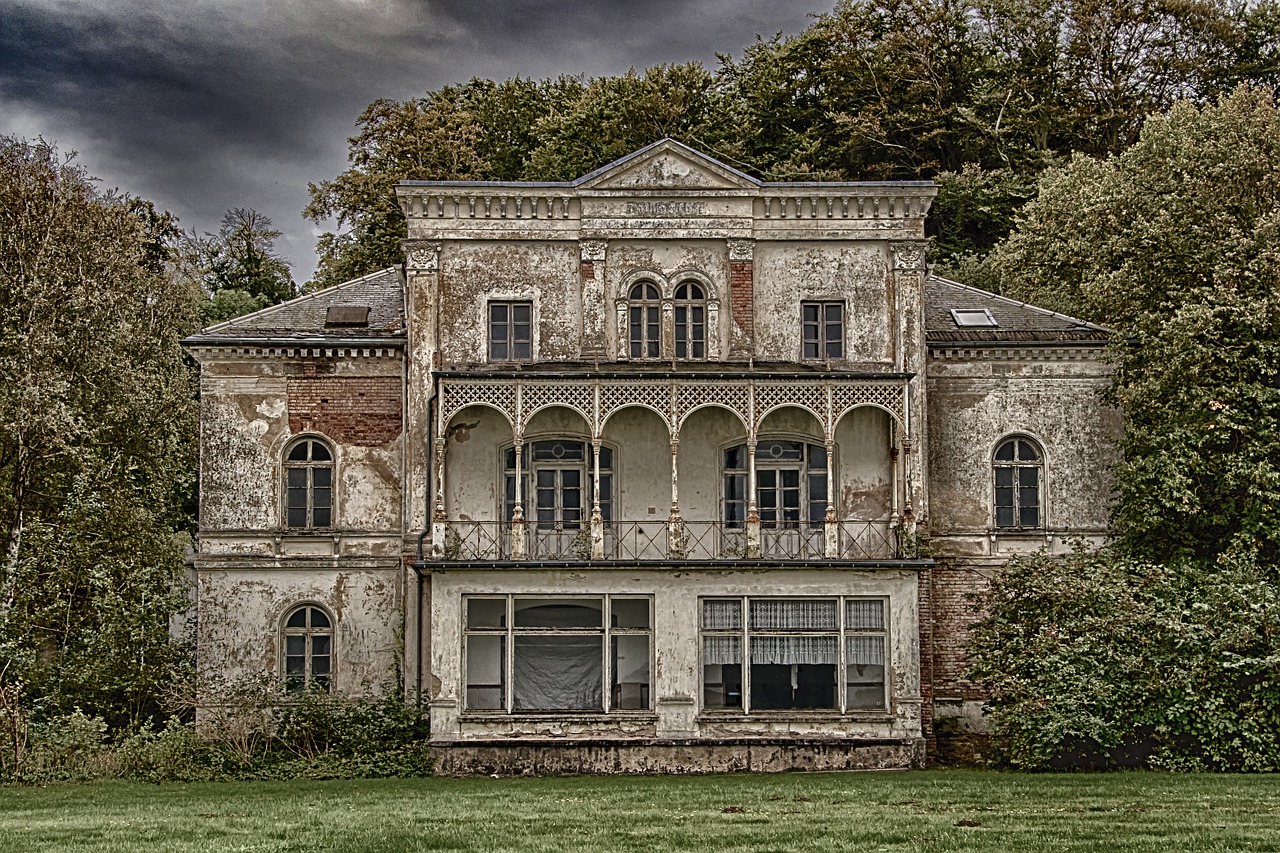What are the best practices for real estate developers in creating spaces that adapt to the needs of diverse cultural communities?

In an ever-evolving world, urban planning and city design are increasingly taking into consideration the cultural, social, and economic diversity within communities. Real estate developers are at the forefront of this change, tasked with creating spaces that cater to the myriad needs of diverse cultural communities. Let’s delve deep into this topic and explore some best practices these developers should adopt, for creating more inclusive and adaptive spaces within cities.
Incorporating Diversity and Culture in Design
Creating inclusive city spaces involves incorporating cultural diversity into the very essence of urban design. The goal is to create mixed-use spaces that foster social interaction and cohesion among people from different cultural backgrounds. This could take the form of integrating cultural markers such as artwork, architectural elements, and public spaces that reflect the heritage and identity of various communities.
Sujet a lire : How to develop a competitive real estate portfolio in the era of smart cities?
To take this further, developers can also seek local community inputs in the initial stages of design planning. This would ensure that the design is reflective of the cultural nuances of the people who would be using the space. In addition, including spaces for cultural activities like communal kitchens, craft spaces, or performance areas can contribute to a sense of community and foster cross-cultural experiences.
Prioritizing Affordable Housing and Mixed-use Developments
A successful urban city design is one that caters to all strata of society. Therefore, real estate developers should prioritize affordable housing and mixed-use developments in their city planning strategies.
A voir aussi : What innovative solutions can be employed to address the thermal comfort needs in real estate developments?
Affordable housing is a critical component of inclusive urban development, ensuring that residents from different economic backgrounds can live and work in the same city. It is not just about creating budget-friendly residential spaces, but also about making quality living accessible to all.
On the other hand, mixed-use development refers to the practice of combining residential, commercial, and cultural spaces within a single development. This not only maximises land use but also brings life and vibrancy to the community, fostering social interaction and generating economic benefits.
Creating Public Spaces for Social Interaction
Public spaces are more than just places for leisure and recreation. They are vital to city life, serving as a platform for social interaction, community events, and cultural activities. They also play a critical role in fostering a sense of belonging among residents.
Involving the community in the design of these spaces can bring about positive results. From playgrounds for children, parks for families to open-air theatres for cultural performances, every design element should be thoughtfully curated to promote community engagement and foster cultural understanding.
Enabling Accessibility in Design
Accessibility should be a cardinal rule in urban design and development. It is essential to ensure that city spaces are accessible to all, regardless of age, ability, or social status. This could mean incorporating features like ramps and lifts for the disabled, well-lit and safe pathways for the elderly, or play areas for children.
Moreover, in today’s digital age, technological integration can further enhance accessibility. Smart city solutions, such as app-based navigation or digital information boards, can make public spaces more user-friendly for all residents.
Maintaining Sustainability in Urban Development
Finally, an essential best practice for real estate developers is to incorporate sustainability into their planning and development strategies. This involves using eco-friendly materials and technologies, integrating green spaces, and designing buildings and spaces that are energy-efficient.
In conclusion, designing city spaces that cater to diverse cultural communities is a complex task, but one with immense potential for positive societal impact. By prioritizing diversity, inclusion, accessibility, and sustainability, real estate developers can play a pivotal role in shaping our cities into vibrant, inclusive, and sustainable communities.
Utilizing Mixed Development as a Toolbox for Cultural Inclusion
Mixed development is a real estate strategy especially popular in metropolitan areas like San Francisco and New York City, which combines different types of properties within a single project. This approach typically integrates residential, office, and retail spaces within a confined area. This method serves as an excellent tool for promoting cultural diversity and social interaction.
A significant aspect of achieving cultural integration in mixed development is the inclusion of retail and office spaces that cater to various cultural communities. For instance, retail spaces can host ethnically diverse businesses, which can reflect the cultural mosaic of the city. These businesses can range from restaurants offering global cuisine to shops selling culturally specific products.
Office spaces, on the other hand, can be designed to be adaptive, flexible, and inclusive, mirroring the diverse workforce in the United States. Incorporating elements that acknowledge different work cultures and styles can significantly contribute to creating an environment that people of different backgrounds can connect to and feel comfortable in.
Mixed development also provides the opportunity for integration of public spaces that can host cultural events and activities. These spaces should be designed as environments that encourage social interaction and community gathering, promoting cultural exchange and understanding.
Injecting Cultural Diversity into Single-Family Residential Spaces
Traditionally, the concept of single family homes has been quite homogenous. However, in recent years, metropolitan areas in the United States have seen a shift in this trend. Real estate developers are now exploring ways to incorporate cultural diversity into the design of single-family residential spaces.
One approach is by incorporating architectural elements that reflect different cultural aesthetics. This can create a visually stimulating environment that celebrates diversity while also providing residents with a sense of cultural identity and belonging.
Another strategy is designing interiors that can adapt to the different living styles and habits of various cultural groups. For instance, designing kitchen spaces that can cater to different cooking practices, or creating flexible spaces that can be used for cultural celebrations or rituals.
Moreover, developers can create outdoor spaces that reflect different cultural preferences. This could mean having a communal garden area where residents can grow culturally specific plants or creating spaces for outdoor gatherings in cultures where this is common.
Conclusion
Creating spaces that adapt to the needs of diverse cultural communities is a challenging yet rewarding task for real estate developers. The key is to integrate cultural diversity into every facet of urban design, from the architecture to the use of space. This requires a deep understanding of the cultural nuances of the community, a commitment to inclusivity and accessibility, and a sustainable approach to urban development.
By incorporating these best practices, developers can create vibrant metropolitan areas that celebrate diversity, foster social interaction, and contribute to the betterment of our cities. As emphasized by Ted Kitterman, a renowned real estate developer, "Our job is to build spaces that people can connect to, spaces that reflect the diverse tapestry of our communities."
With the real estate industry leading the charge, our cities can transform into culturally rich, inclusive, and adaptive spaces that truly reflect the dynamic and diverse communities we live in.
